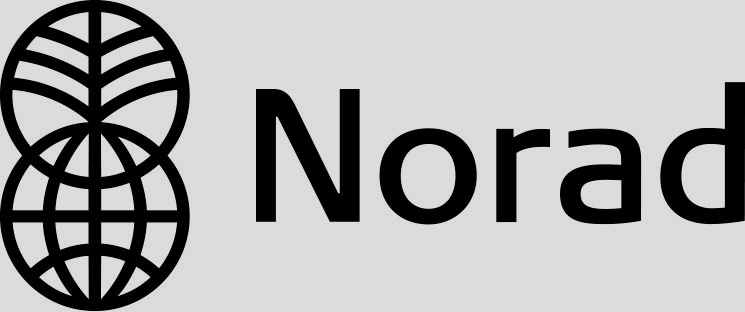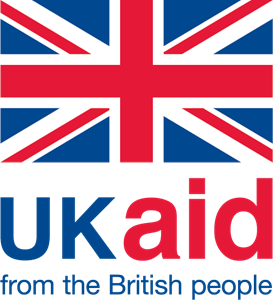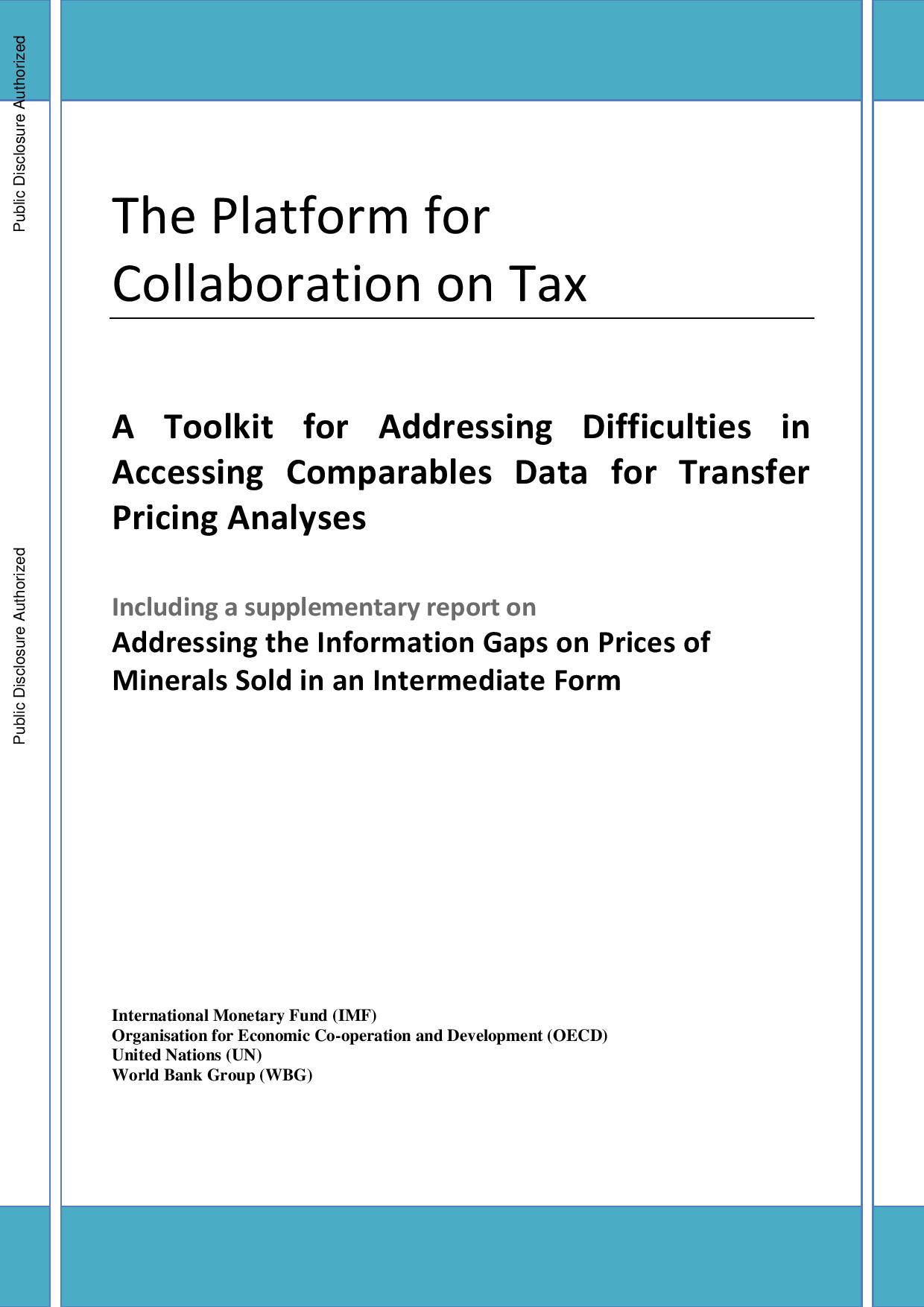Partner Organizations




Development Partners






This toolkit attempts to address some of the challenges associated with difficulties in accessing comparables data. While 'perfect' or ideal comparables may only rarely be available, commonly the data that is available will still allow a reasonably reliable analysis to be performed and a satisfactory approximation of an arm's-length outcome to be determined. Part II of this toolkit thus focuses on making the best use of available data. It discusses the sources of data and how the use of available data may be optimized through widening the criteria for data-selection and the use of comparability adjustments. It also stresses that the selection of the most appropriate transfer pricing method, on the basis of a detailed factual analysis, is central to the application of the arm’s length principle, and in many cases, is likely to have a greater impact on the outcome than the accuracy of the data used in the method’s application. Part III focuses on issues that arise, and solutions that may be available, where adequate data on transactions between independent parties are not available, including the potential for developing safe harbours or prescriptive approaches. It also explores how data in the possession of tax administrations, typically derived from tax returns, may be used to identify arm’s length results in a way that preserves confidentiality. Such data may have a part to play in setting safe harbour margins. Part III also includes a discussion of some of the policy considerations with regard to such approaches, as well as outlining a number of country practices, and providing practical tools in the form of sample legislation or regulations which could be used to implement such approaches. The final part, Part IV, sets out areas where further work is planned, and summarizes a number of conclusions.










